Martine Franck comes under the spotlight at Fondation Henri Cartier-Bresson
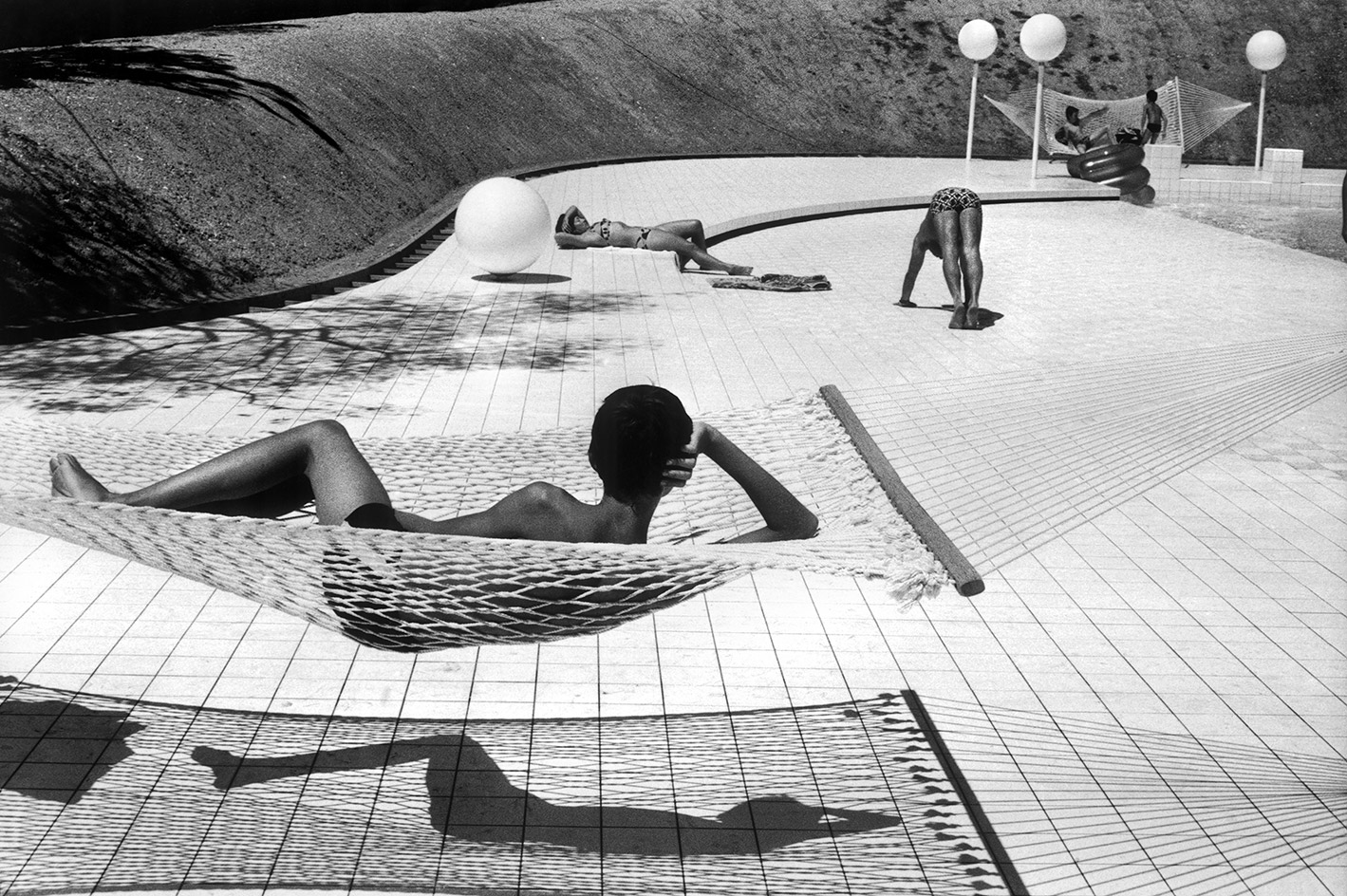
Agnès Sire, the artist director of Fondation Henri-Cartier Bresson, worked with Martine Franck before the photographer’s death in 2012 to select the images for a retrospective at the Paris foundation’s new home in Le Marais. ‘I don’t think she ever thought that we would open the new foundation with her work, she was very modest,’ says Sire.
The survey gives a taste of the many strands of photography that Franck pursued during her career, including documentary reportage, portraiture, landscapes and travel. Contained within the archives at the foundation, her work – along with that of her husband Henri Cartier-Bresson – is now available to scholars, researchers and visitors in a magnificent building restored by Novo Architects.
Born in Antwerp, Franck grew up in the US and England, later studying art history at the University of Madrid and École du Louvre in Paris. Photography began by chance after her cousin lent her his Leica to take with her on her extensive journeys through Asia. Upon her return to Paris in 1964, she became a photographic assistant at Time-Life and her career took off. She was a founding member of Viva agency and later joined Magnum Photos – one of the few women to be accepted in the agency.
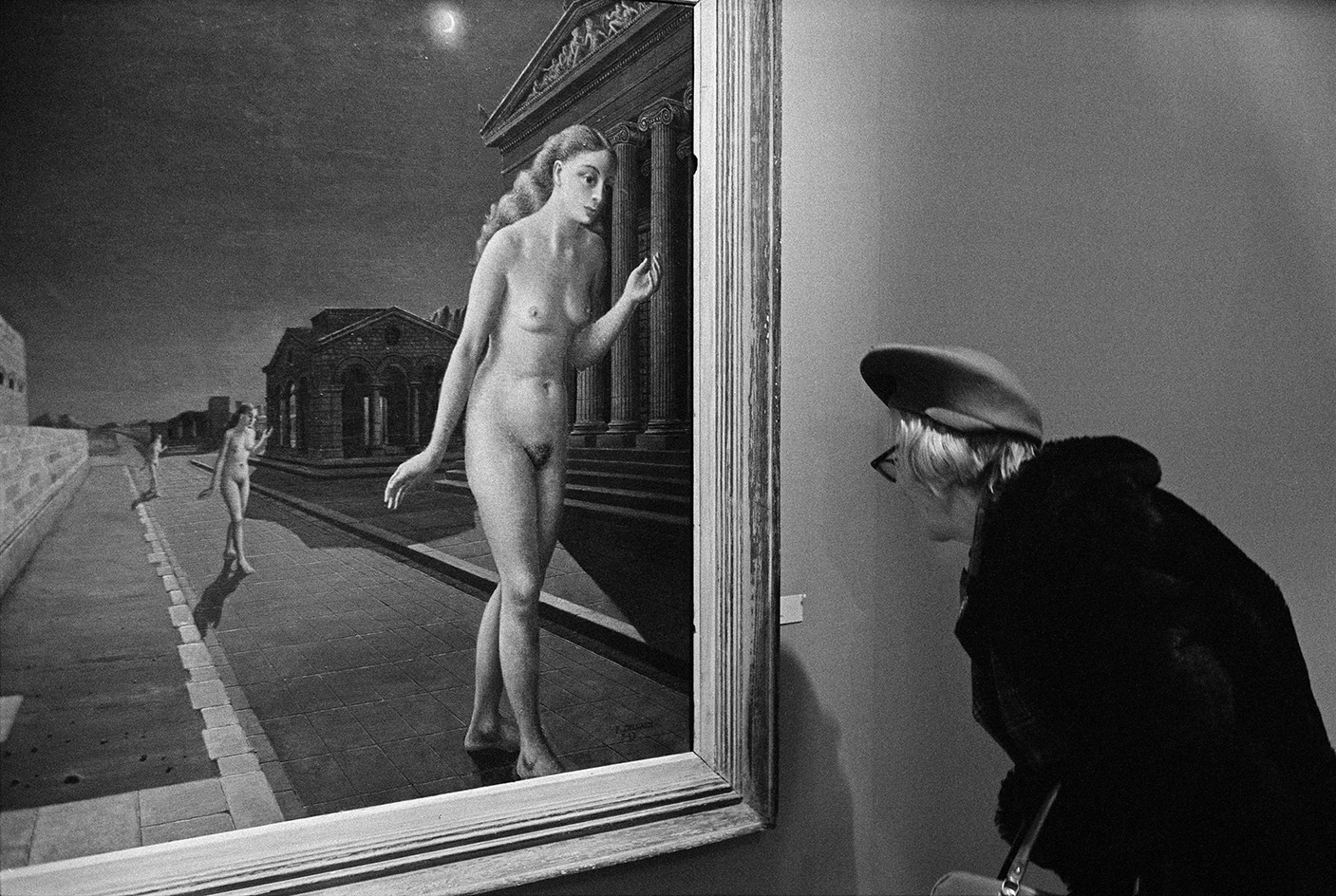
Le pèlerinage de San Isidro, Musée du Prado, Madrid, 1993, by Martine Franck.
Describing her relationship with photography, Franck once mused: ‘I feel concerned at what is happening in the world, and involved in what surrounds me, I do not wish merely to “document”. I want to know why a certain thing bothers me or attracts me, and how a situation can affect the person involved. I am not looking to create a situation and I never work in a studio. Instead, I try to understand, to grasp reality. In photography, I have found a language that suits me.’
Franck was not only deeply curious about the many aspects of humanity, but also expert at finding new dimensions in the tension between figuration and abstraction, light and shadow. Her work is subtle, informed and immaculate. A master of composition, she delighted in achieving layers of depth in her shots, using naturally occurring patterns in the background that lead the eye through the image to one or several focal points.
As we discuss Franck’s work in the new exhibition space at 79 rue des Archives, foundation director François Hébel describes Franck as an almost accidental photographer who simply used a camera to follow her curiosity and find her voice. I can’t help but suspect that this comment, rather like the photographer, is charmingly understated.
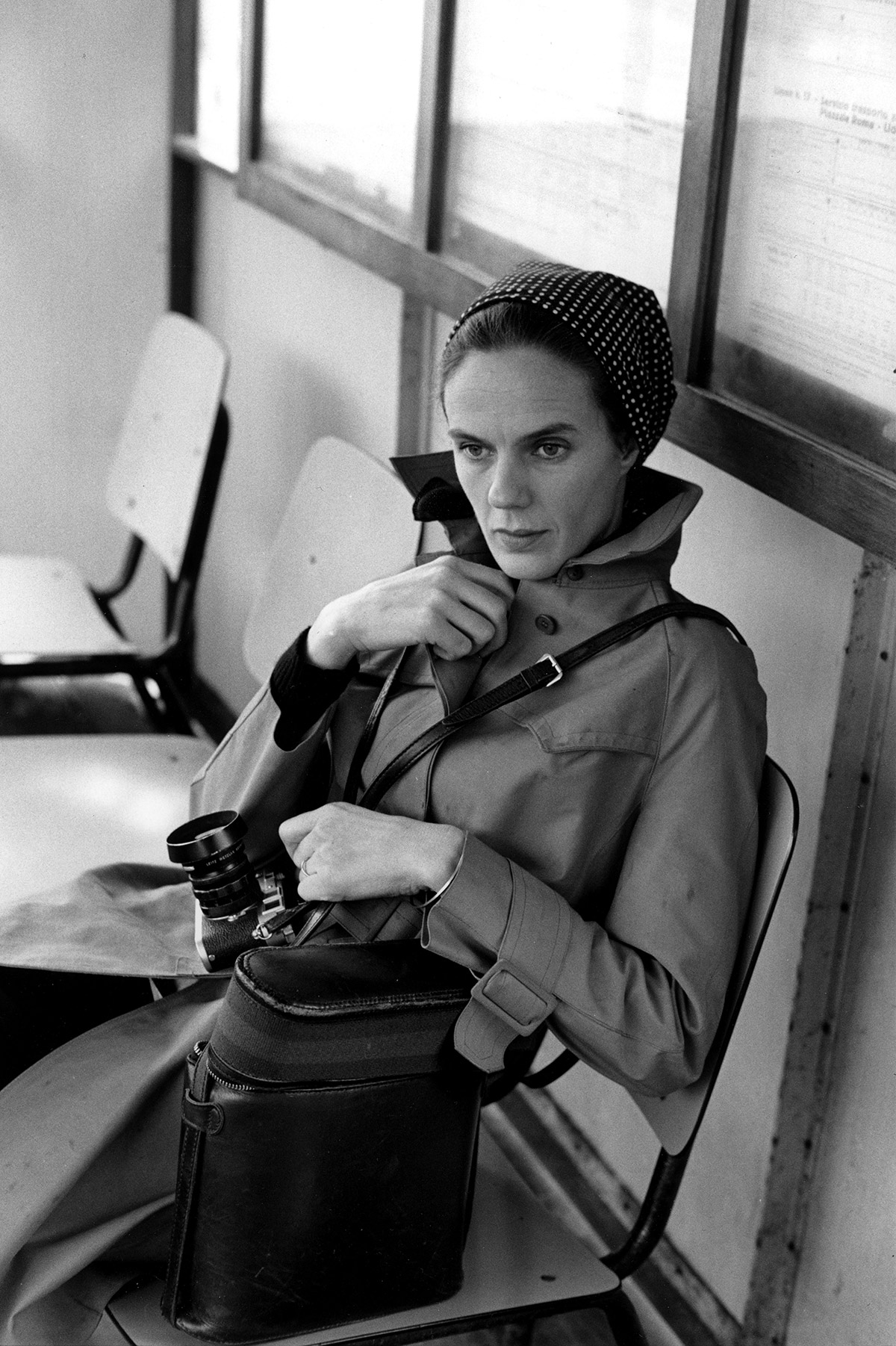
Martine Franck photographiée par Henri Cartier-Bresson, Venise, Italie, 1972, by Henri Cartier-Bresson.
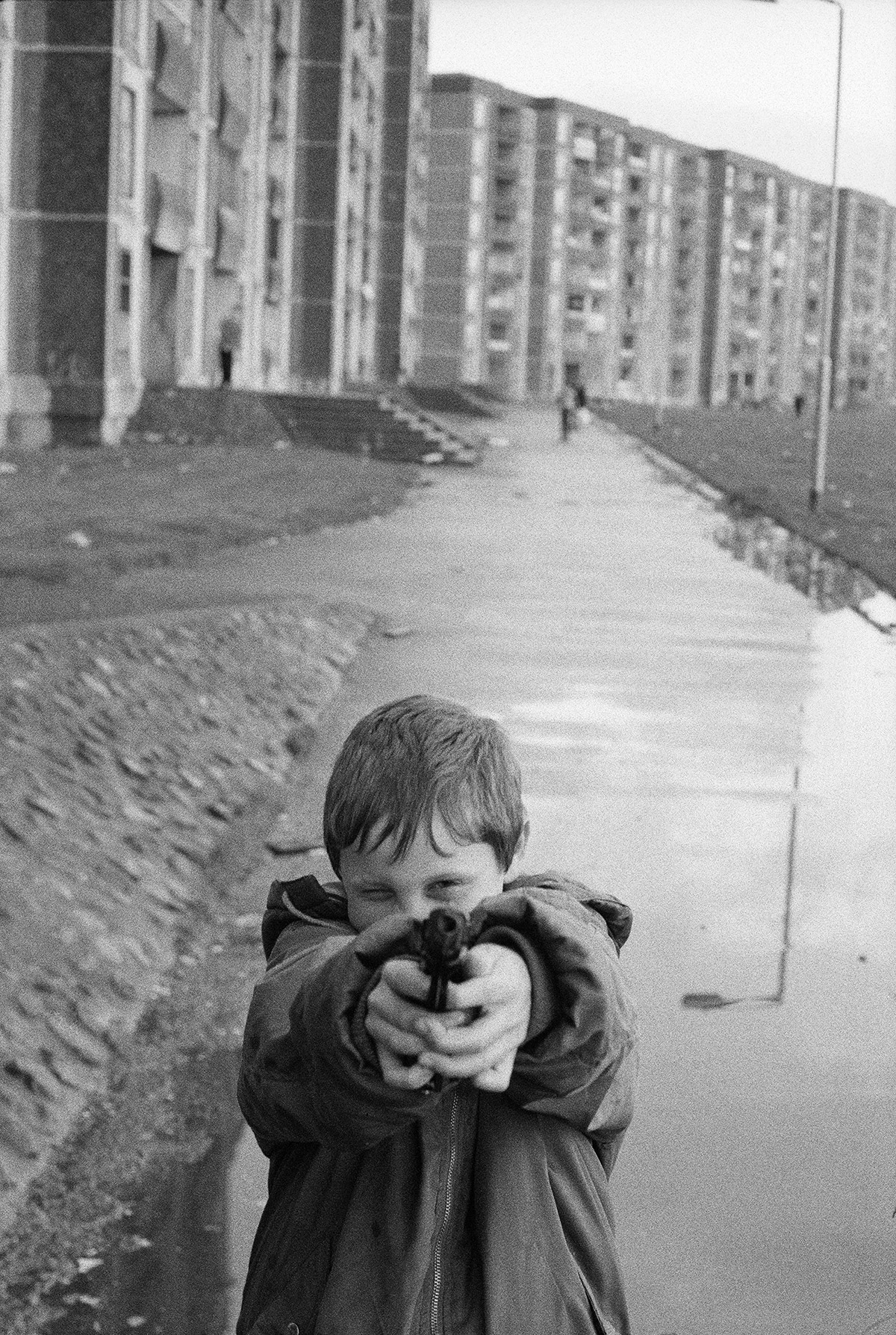
Ballymun, quartier nord de Dublin, Irlande, 1993, by Martine Franck.
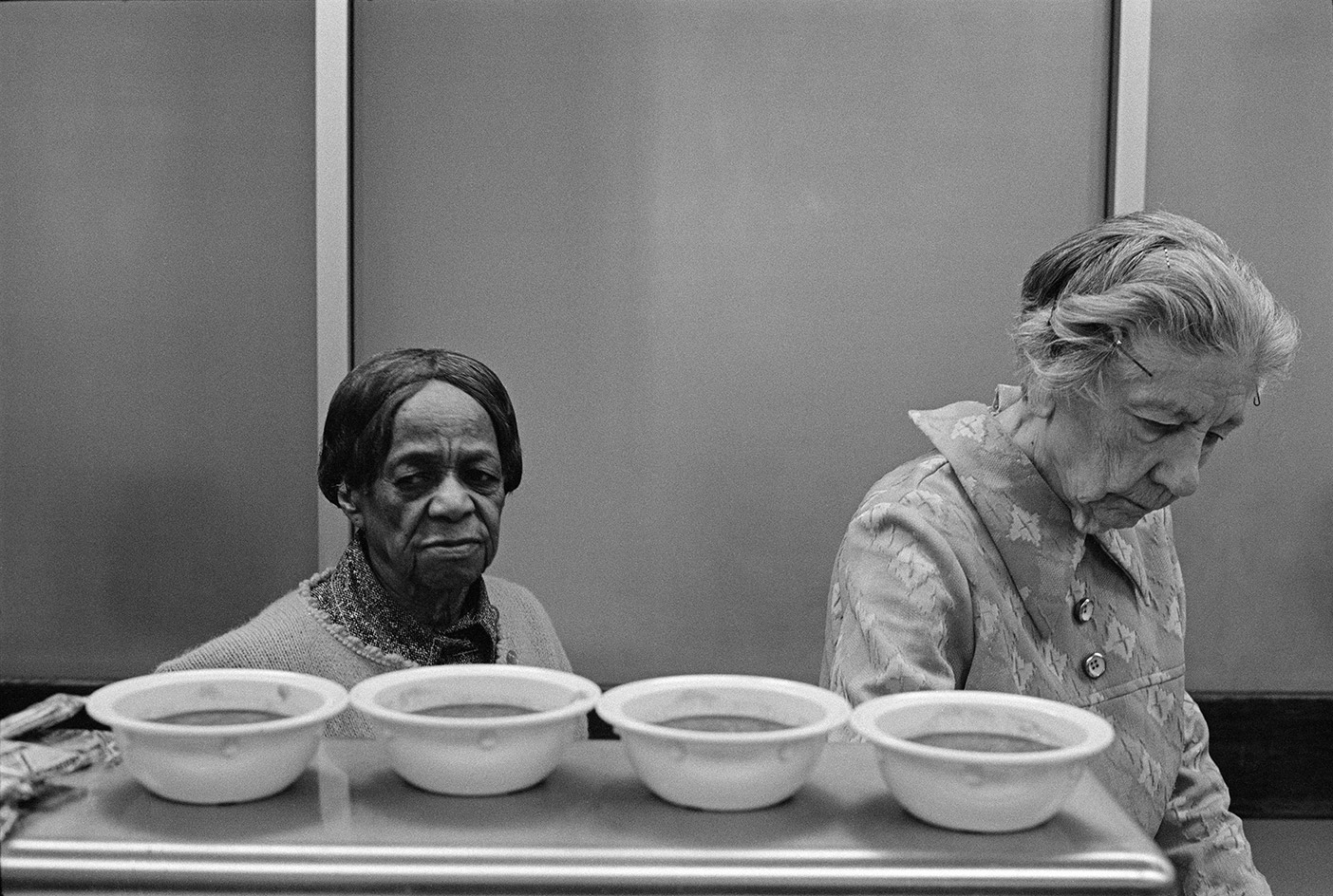
Foyer de l’Armée du Salut, New York, 1979, by Martine Franck.
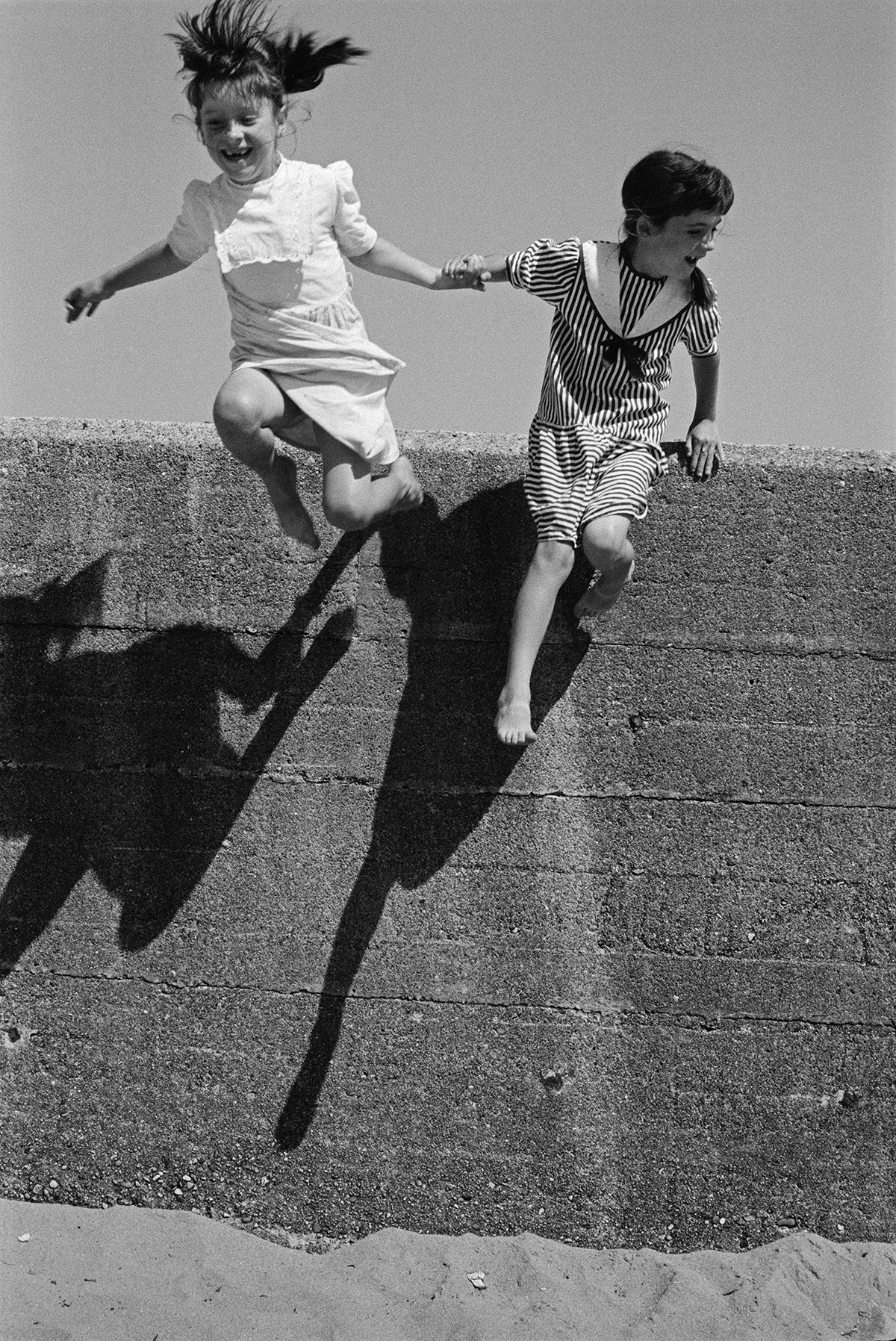
Tory Island, Comté de Donegal, Irlande, 1995, by Martine Franck.
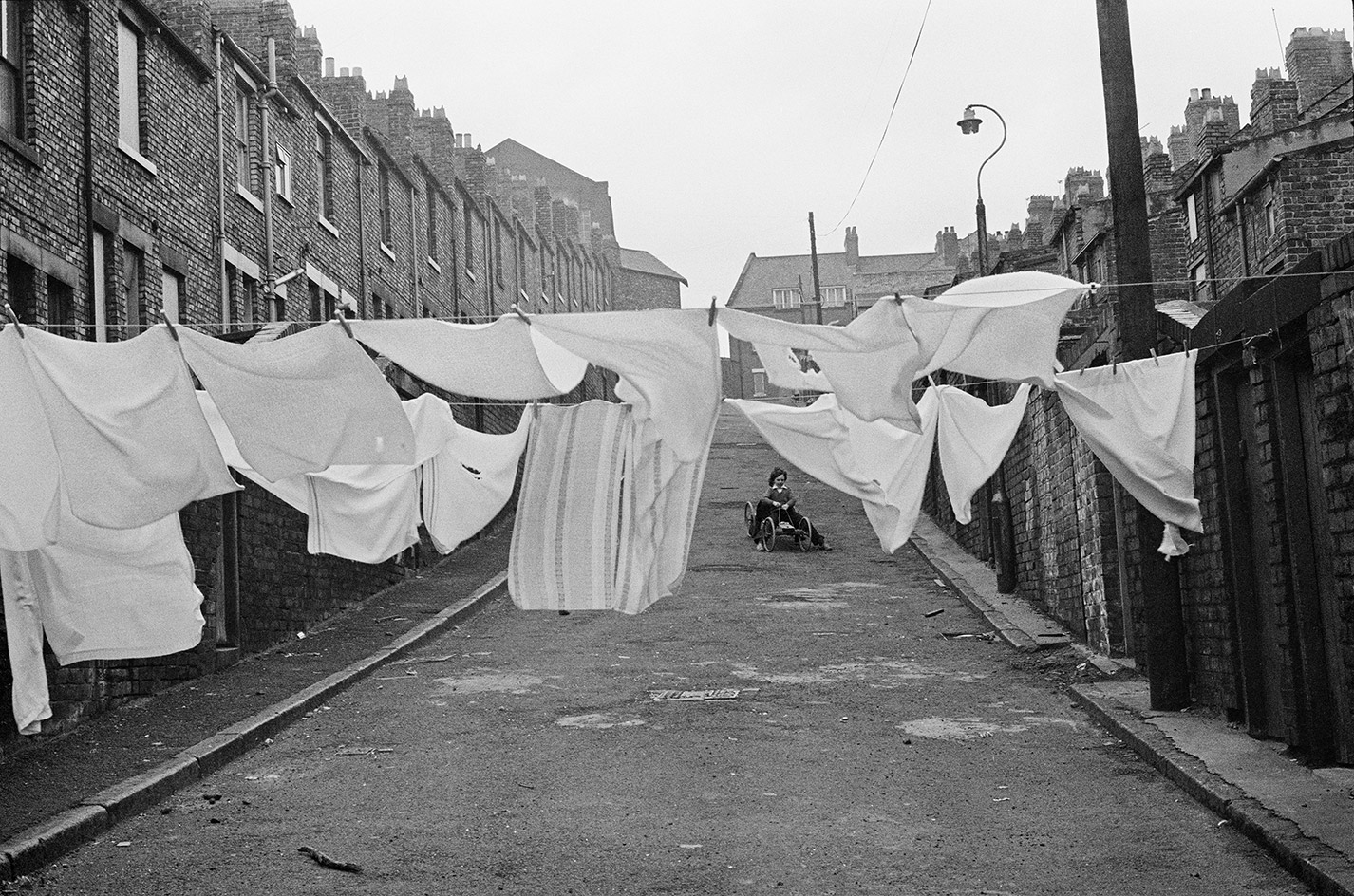
Quartier de Byker, Newcastle upon Tyne, Royaume-Uni, 1977, by Martine Franck.
INFORMATION
‘Martine Franck – A Retrospective’ is on view until 6 February 2019. The exhibition will be shown at the Musée d l’Elysée in Lausanne between 20 February – 5 May 2019, and at the FotoMuseum in Antwerp between 28 June – 6 October 2019. For more information, visit the Fondation Henri Cartier-Bresson website
ADDRESS
Fondation Henri Cartier-Bresson
79 rue des Archives
75003 Paris
Receive our daily digest of inspiration, escapism and design stories from around the world direct to your inbox.
-
 Year in Review: we’re always after innovations that interest us – here are ten of 2025’s best
Year in Review: we’re always after innovations that interest us – here are ten of 2025’s bestWe present ten pieces of tech that broke the mould in some way, from fresh takes on guitar design, new uses for old equipment and the world’s most retro smartwatch
-
 Art and culture editor Hannah Silver's top ten interviews of 2025
Art and culture editor Hannah Silver's top ten interviews of 2025Glitching, coding and painting: 2025 has been a bumper year for art and culture. Here, Art and culture editor Hannah Silver selects her favourite moments
-
 In Norway, remoteness becomes the new luxury
In Norway, remoteness becomes the new luxuryAcross islands and fjords, a new wave of design-led hideaways is elevating remoteness into a refined, elemental form of luxury
-
 Inez & Vinoodh unveil romantic new photography series in Paris
Inez & Vinoodh unveil romantic new photography series in ParisA series of portraits of couple Charles Matadin and Natalie Brumley, created using an iPhone in Marfa, Texas, goes on show in Paris
-
 Inside Davé, Polaroids from a little-known Paris hotspot where the A-list played
Inside Davé, Polaroids from a little-known Paris hotspot where the A-list playedChinese restaurant Davé drew in A-list celebrities for three decades. What happened behind closed doors? A new book of Polaroids looks back
-
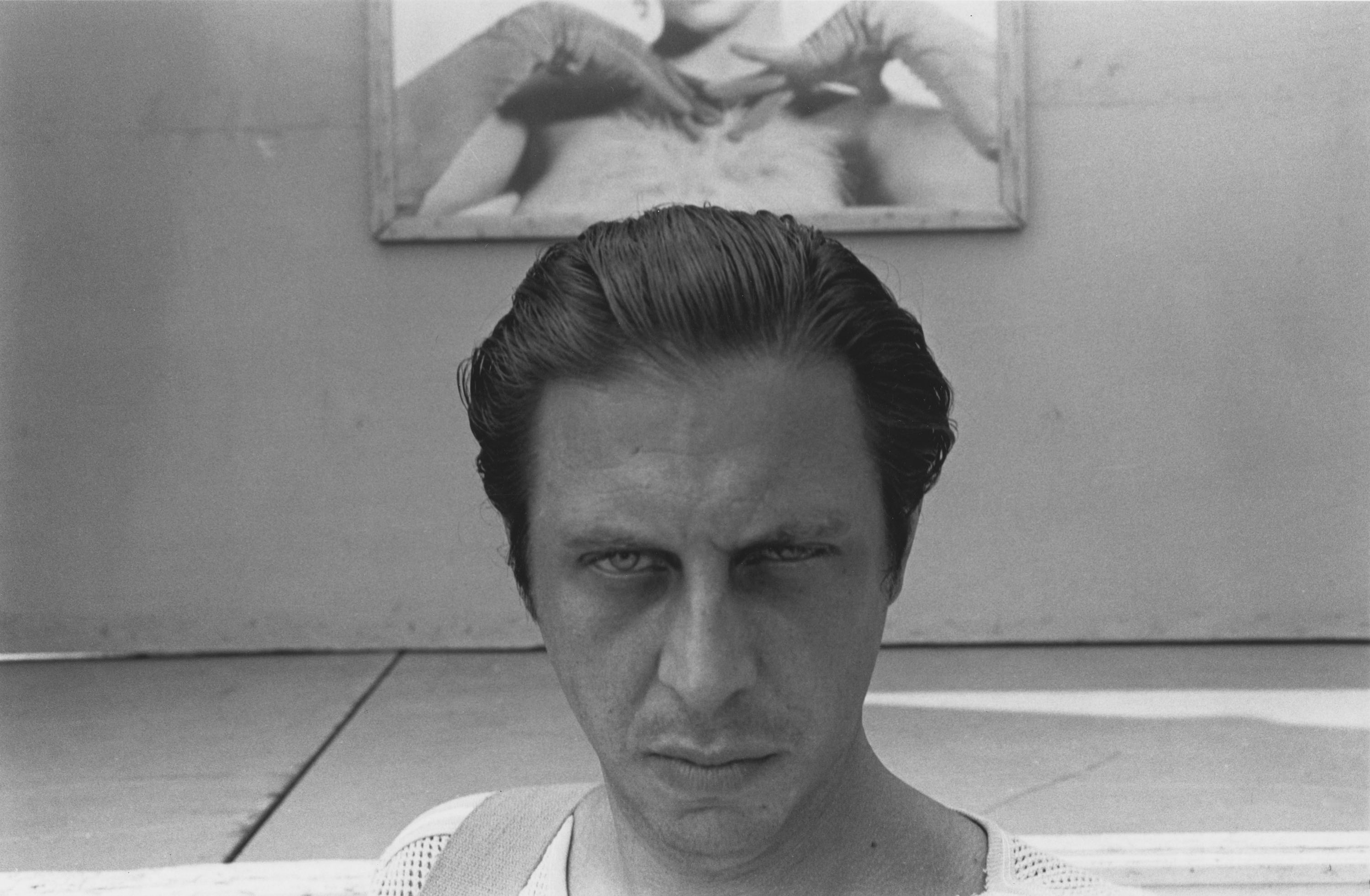 All eyes on Paris Photo 2025 – focus on our highlights
All eyes on Paris Photo 2025 – focus on our highlightsThe world's most important international photography fair brings together iconic and emerging names, galleries large and small – and there’s much to covet
-
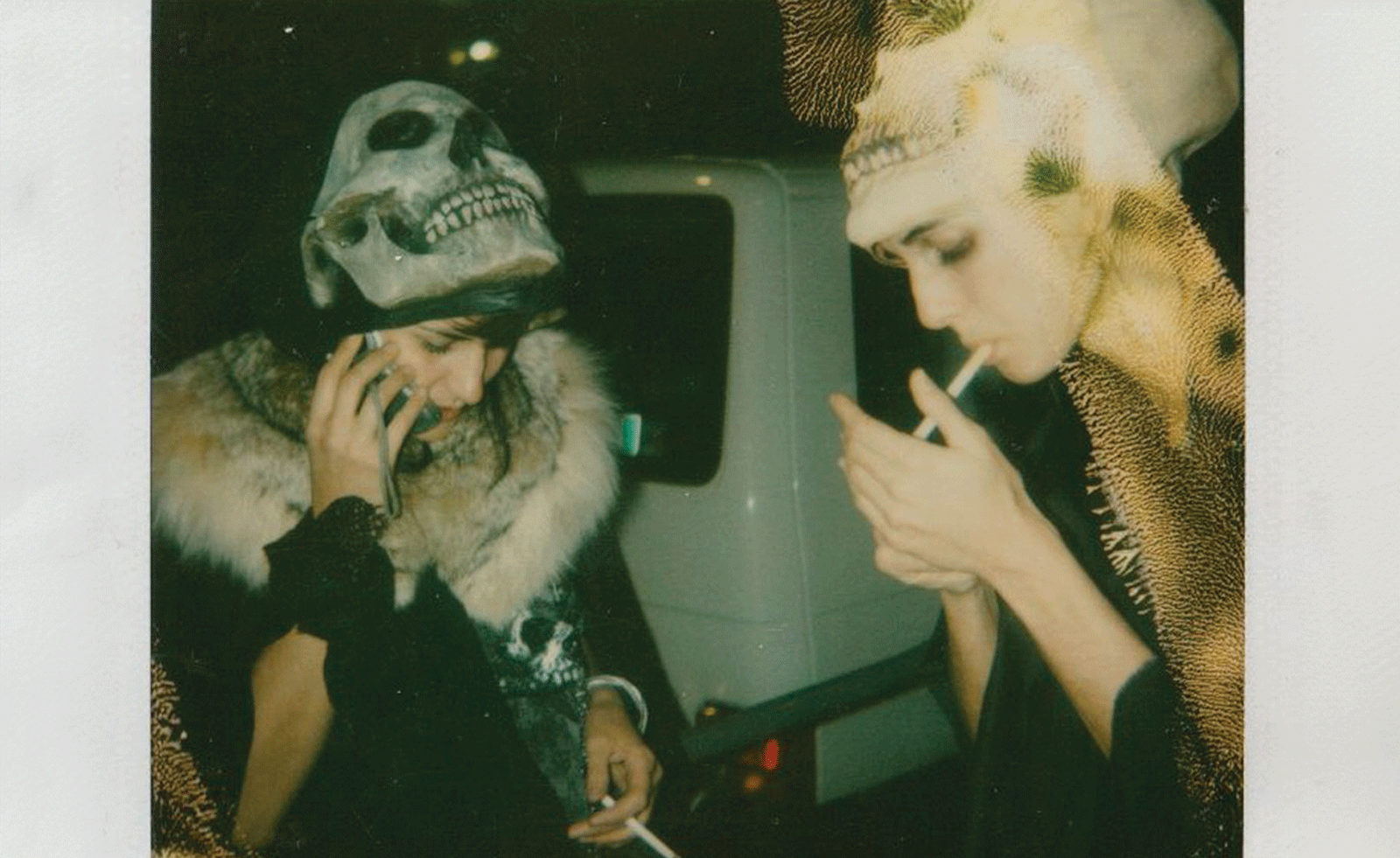 Ten things to see and do at Art Basel Paris 2025
Ten things to see and do at Art Basel Paris 2025Art Basel Paris takes over the city from 24-26 October. Here are the highlights, from Elmgreen & Dragset to Barbara Kruger and Dash Snow
-
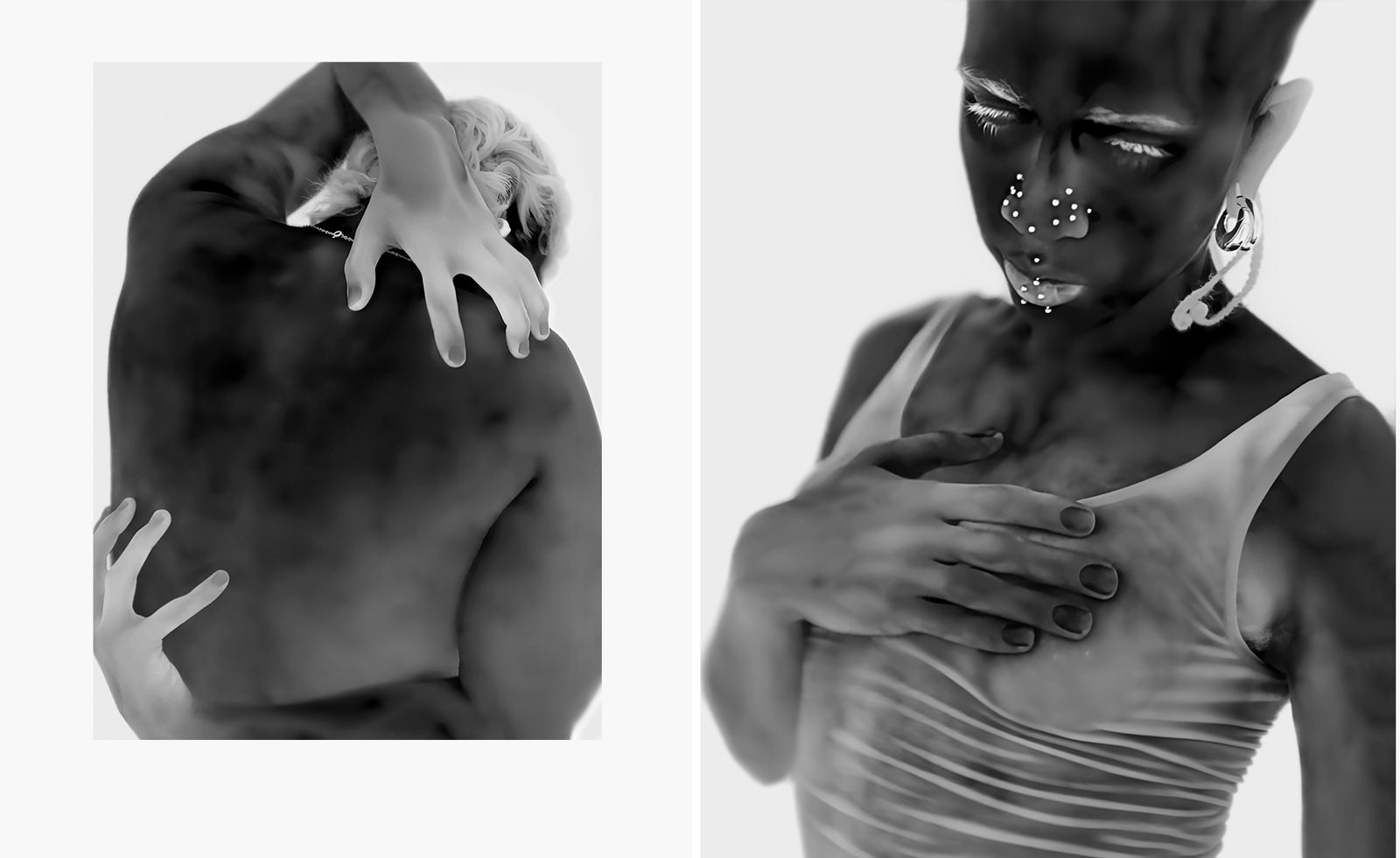 Yulia Mahr digs beneath the skin in her modern update of classic Greek statues in Paris
Yulia Mahr digs beneath the skin in her modern update of classic Greek statues in ParisIn 'The Church of Our Becoming', on view at the Courtyard at Dover Street Market Paris, Yulia Mahr celebrates real human bodies
-
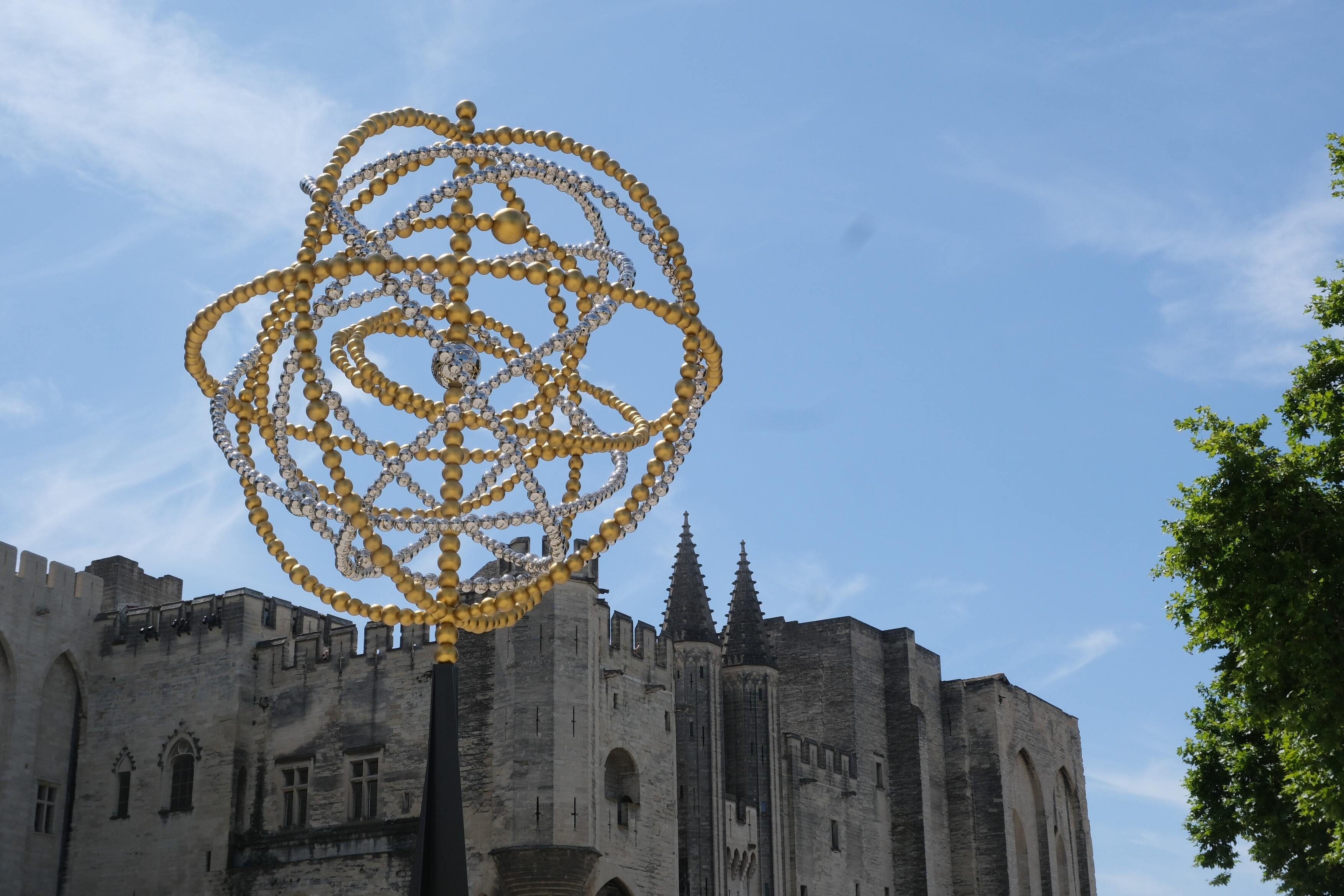 Jean-Michel Othoniel takes over Avignon for his biggest ever exhibition
Jean-Michel Othoniel takes over Avignon for his biggest ever exhibitionOriginally approached by Avignon to mark their 25th anniversary as the European Capital of Culture, Jean-Michel Othoniel more than rose to the challenge, installing 270 artworks around the city
-
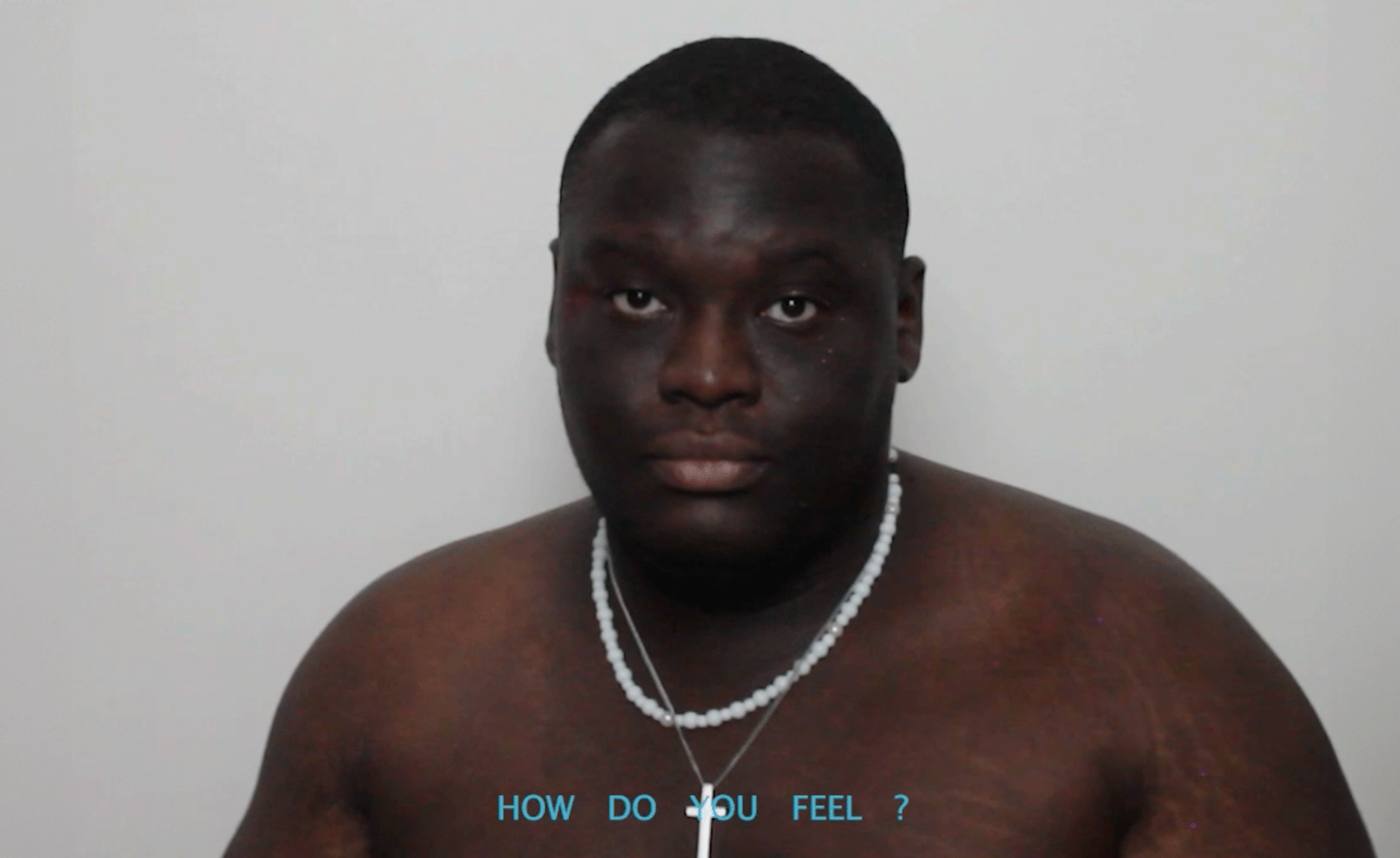 Joel Quayson’s winning work for Dior Beauty at Arles considers the theme ‘Face-to-Face’ – watch it here
Joel Quayson’s winning work for Dior Beauty at Arles considers the theme ‘Face-to-Face’ – watch it hereQuayson, who has won the 2025 Dior Photography and Visual Arts Award for Young Talents at Arles, imbues his winning work with a raw intimacy
-
 What to see at Rencontres d’Arles 2025, questioning power structures in the state and family
What to see at Rencontres d’Arles 2025, questioning power structures in the state and familySuppressed memories resurface in sharply considered photography at Rencontres d'Arles 2025. Here are some standout photographers to see